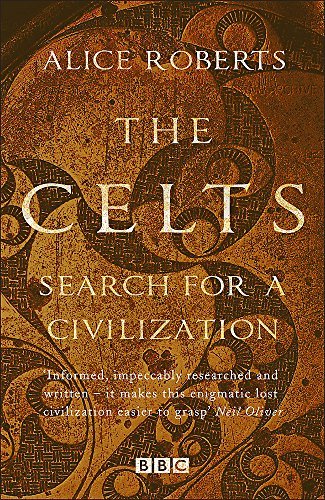What do you think?
Rate this book


Paperback
First published October 5, 2015
This book is for you if… you consider yourself a Celtic Mythology/Civilizations enthusiast. You will be confronted with realistic interpretations of research and a critical look at the field of Celtic Studies and its work up to now.